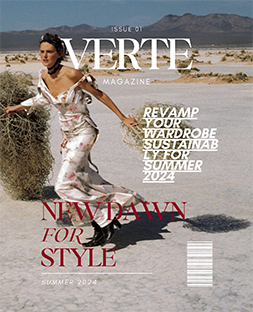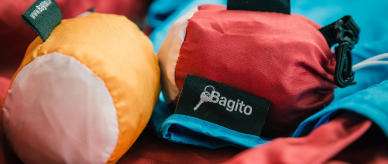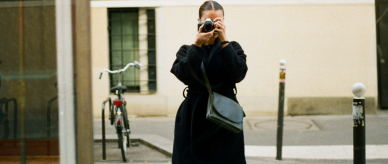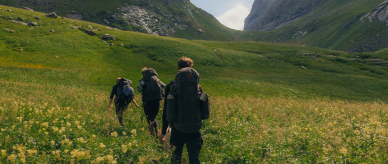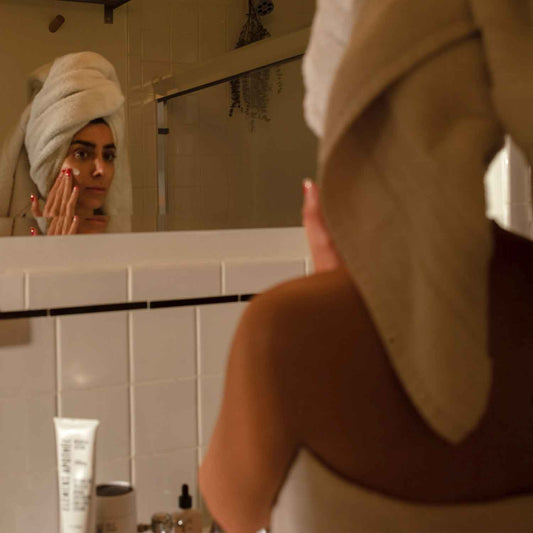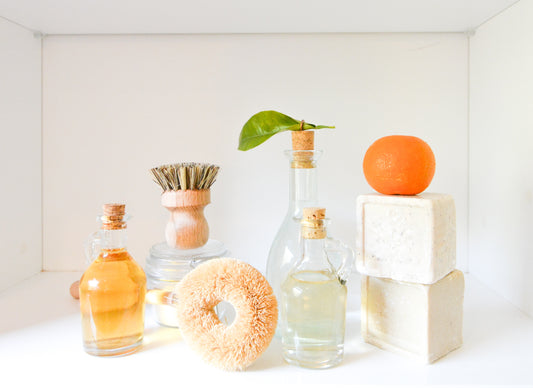It is NOT difficult or expensive to be eco friendly. It just takes a lifestyle change, breaking old habits and practice. So what can we do to make a positive impact on the environment and teach our children about sustainability? All it takes are little changes. What we throw out goes back into our food supply. Everything runs in a cycle and mindless consumption is corrupting that cycle. This is not just an environmental issue, it’s a YOU issue. The average American is expected to throw away 90,000 tons of trash in their lifetime. This is an alarming amount of garbage, and multiply that by the entire American population, yet alone the rest of the World, and we’ve got a recipe for catastrophic environmental disaster.
Here are easy, eco-friendly swaps you and your kids can make for a healthier home and, ultimately, a healthier earth.
1. Reusable Bottles vs Plastic Water Bottles
Swap plastic water bottles for a reusable option. I love my stainless-steel water bottle. It keeps cold things cold and hot things hot. I keep it in my bag and refill it in the bathroom, or ask my flight attendant or cashier at my fav fast food joint to fill it instead of buying water in plastic. Plastic water bottles make up a significant portion of this waste. They are one of the main sources of pollution and pose a serious threat to our environment. Save the environment AND save water. Besides, 280,000% markup on bottled water compared to tap water is absurd! Using a refillable water bottle can save you hundreds of dollars a month.
Smart Self-Cleaning Water Bottle - 16oz – Verte Mode

2. Reusable Coffee Cup
It’s still not commonly known that coffee cups cannot be recycled. Because of the wax coating, your coffee cup cannot be recycled despite being made of paper. Almost all of them are incinerated, exported or sent to landfill because their plastic lining makes them costly to recycle; if your city recycles them at all. Many trendy shops have also started to use a black plastic for their lids that is not recyclable. Bring your own cup to help cut down on this needless waste. I love my Reusable Glass Coffee Cup with cork sleeve.
Reusable Glass Coffee Cup with Cork Band – Verte Mode

3. Reusable Straws
You can replace the plastic one with reusable straws that are glass, stainless steel or bamboo. You can keep them in your purse. I use stainless-steel straws because I like the feel, weight and experience of using a stainless steel as suppose to the bamboo option. If you’re worried about washing them; never fear! They often come with a cleaning brush too keep your straws squeaky clean.
Reusable Stainless Steel Straws- Spanish Gold Marble – Verte Mode

4. Reusable Shopping Bag
Bring your own reusable shopping bags when you go grocery shopping. If you forgot yours, ask for paper bags instead of plastic. Plastic bags are made using oil, which is already such a limited resource, and for something that is used for only 20 minutes on average, it takes hundreds of years to decompose and poisons and kills countless wildlife. I totally understand that it’s easy to forget to pack your reusable shopping bags, so be sure to ask for paper bags, or even a cardboard box that can be properly recycled. I have 2 reusable bags that fold into a cute little pouch in my purse at all time for those times, I just need to grab something quick at the store. I never leave home without at least one in my purse.
Reusable Premium Organic Cotton Tote Bag – Verte Mode

5. Bar Soap
Use bar soap in the shower, and to wash your hands instead of pump or liquid soaps and body washes that come with packaging. They are easily found naked without a wrapper (bonus for no packaging). It is a common misconception that refillable liquid soap dispensers are more sanitary. These dispensers can easily become wrought with disease causing bacteria AND a plastic container that isn’t easily recycled. For the home, it’s safe to go for the bar of soap. This way you are staying squeaky clean without the plastics. Buying package free bars of soap also allows you to test the scent of the soap, much easier than the packaged varieties.
Stress Relieving Blend Soap Silk – Verte Mode

6. Cloth Napkins/Handkerchiefs
Use cloth napkins instead of paper, and handkerchiefs instead of kleenex. Cloth napkins and Handkerchiefs are multipurpose, they’re a tissue, hand towel, napkin and snack saver all in one. Paper towels often account for a quarter (or more) of the total waste produced by public buildings like schools and office buildings. Paper towels and kleenex are more often than not, mixed in with the rest of the garbage, and are usually in such a soggy state, that they aren’t solid enough to recycle. So why not pack yourself 2 hankies, one for a tissue and one for a towel!
Everyday Cloth Napkins - Enchanted Forest – Verte Mode

7. Vinegar/Baking Soda/Lemon/Essential Oils vs Chemical Cleaners
Make your own home cleaning products with vinegar, baking soda, lemon and essential oils instead of cleaning with chemicals that come in containers. Essential oils don’t just smell wonderful, many also offer antibacterial properties, like cinnamon, tea tree or lavender. The benefits to opting out of chemical cleaners is two-fold, you lose the plastic AND the toxic chemicals. The truth is, there is no one really policing the labeling of “toxin-free” cleaners, so these labels should not be trusted. It may sound really old school, but there is nothing that a little vinegar, baking soda and lemon can’t clean. All of these other cleaning products are pretty much just a marketing ploy. There are many recipes online for clean DIY cleaning solutions that you can make in 2 mins.
All-Natural Lavender Moisturizing Oil – Verte Mode

8. Dryer Balls vs Fabric Softener/Dryer Sheets
Use dryer balls instead of fabric softener or dryer sheets. Dryer balls are typically made of rubber or fabric. When you put several in the dryer they’re supposed to speed up the drying process, soften clothes and reduce static. While I do find that they help with static and softening clothes, I don’t find that they speed up drying time. BUT they are a safer option to toxin rich fabric softener and wasteful, one-time use dryer sheets.

9. Second Hand/Vintage Clothing vs New Fast Fashion
Buy second hand or vintage clothing, jewelry and home decor instead of new from fast fashion stores. Did you know that the production of cotton for fast fashion is the second worst industry in the World for damaging the planet next to oil mining? If you haven’t already watched the documentary True Cost on Netflix, I urge you to do so. The impact that the growth of genetically modified cotton seeds and the use of toxic pesticides has resulted in entire villages being poisoned through their water supply, resulting in alarming birth defects, and the highest suicide rate of an industry among the cotton farmers.

10. Compost vs Landfill
Compost, Compost Compost! If it came from nature, put it back in nature. Everything from foods scraps to yard waste, giving back your natural waste will help in the creation of nutrient rich soil for future plant growth. It’s pretty simple to create your own compose if you so desire. With a little research, you can build a composting solution to suit your home. With all that wonderful soil at the end, you can grow your own food at home.

We can start by making small changes in our everyday lives, such as bringing our own reusable bags to the grocery store, using reusable water bottles, and composting food scraps. We can also support sustainable businesses and buy products that are made from recycled materials.
It is not difficult or expensive to be eco-friendly. It just takes a little bit of effort and a change in mindset. We can all make a difference if we work together.


